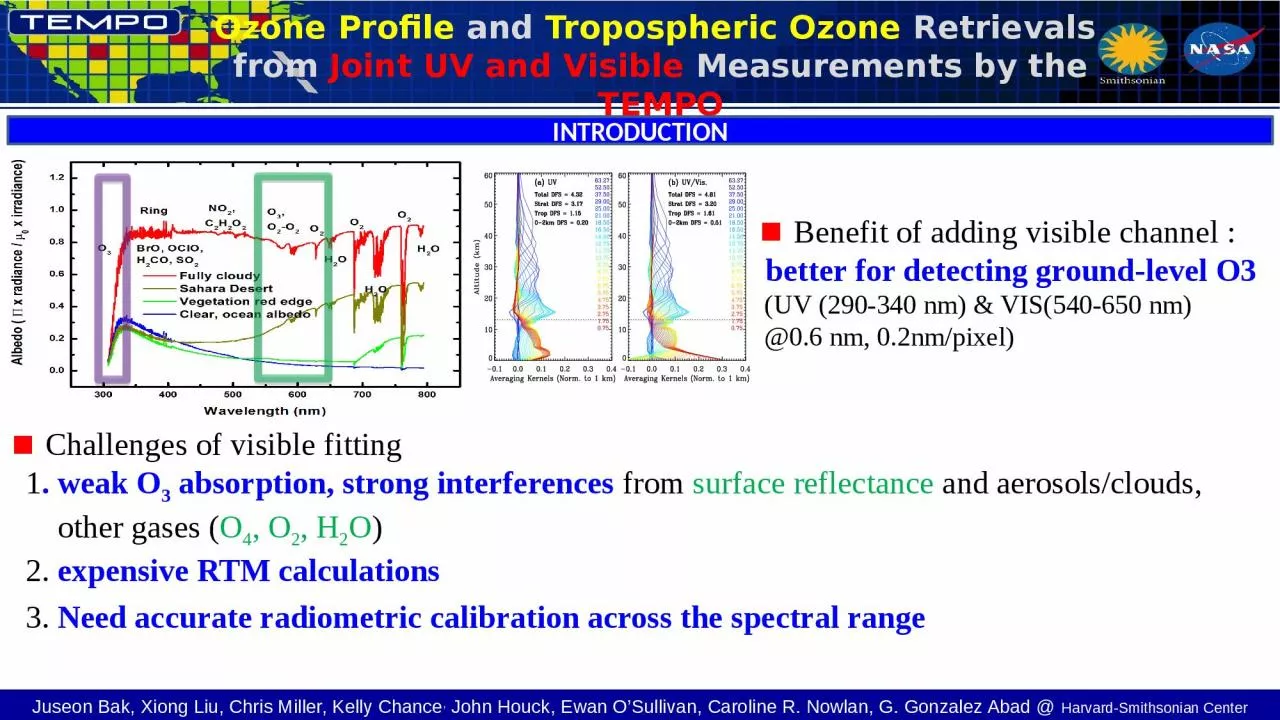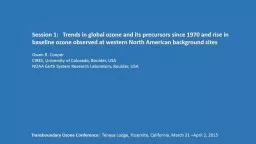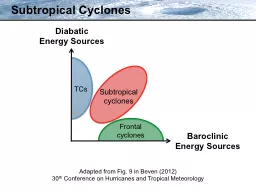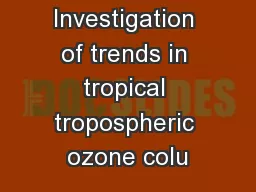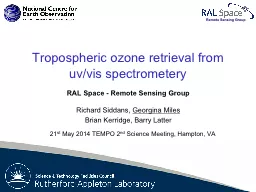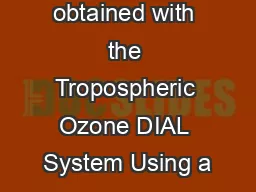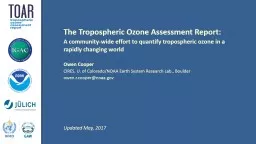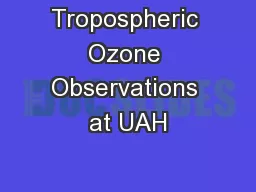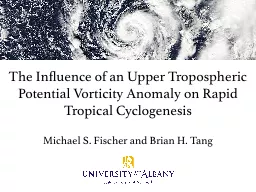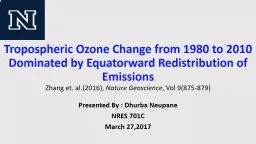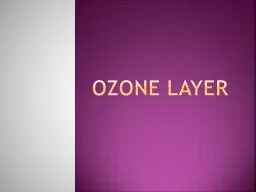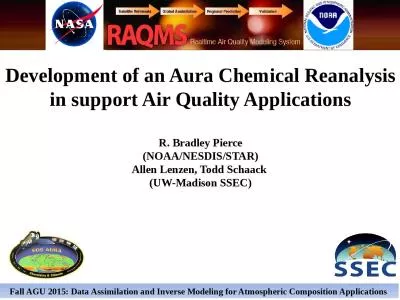PPT-Ozone Profile and Tropospheric Ozone
Author : bency | Published Date : 2023-07-23
Retrievals from Joint UV and Visible Measurements by the TEMPO Juseon Bak Xiong Liu Chris Miller Kelly Chance John Houck Ewan OSullivan Caroline R Nowlan
Presentation Embed Code
Download Presentation
Download Presentation The PPT/PDF document "Ozone Profile and Tropospheric Ozone" is the property of its rightful owner. Permission is granted to download and print the materials on this website for personal, non-commercial use only, and to display it on your personal computer provided you do not modify the materials and that you retain all copyright notices contained in the materials. By downloading content from our website, you accept the terms of this agreement.
Ozone Profile and Tropospheric Ozone: Transcript
Download Rules Of Document
"Ozone Profile and Tropospheric Ozone"The content belongs to its owner. You may download and print it for personal use, without modification, and keep all copyright notices. By downloading, you agree to these terms.
Related Documents

